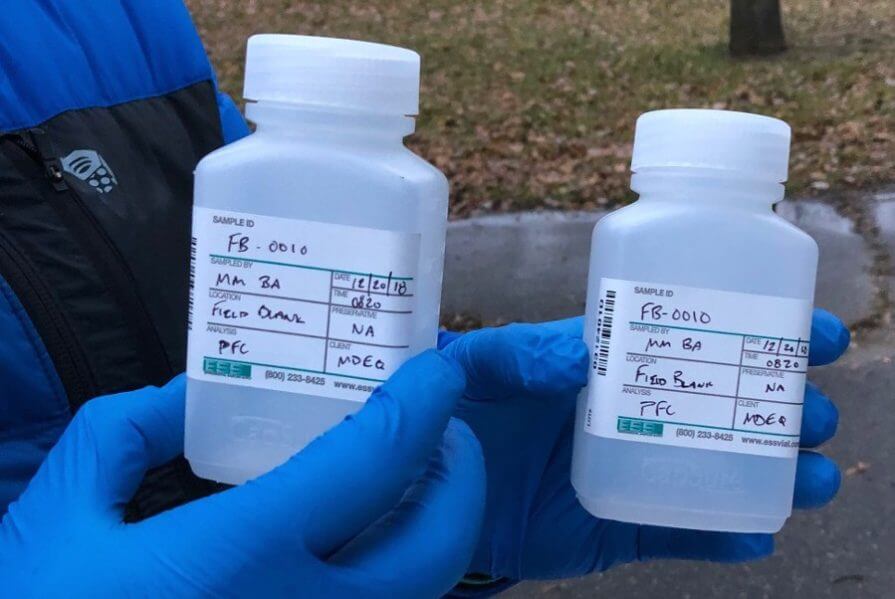Per- and polyfluoroalkyl substances (PFAS) are potentially harmful substances known as “forever chemicals” because they are so difficult to destroy.
One emerging technique to degrade PFAS involves forcefully grinding them with metal balls in a moving container, but this technique can require corrosive additives. Now, researchers in ACS’ Environmental Science & Technology Letters report a new type of additive for “ball milling” that completely breaks down PFAS at ambient temperature and pressure.
Solid PFAS contamination is an ongoing issue for soil near waste sites, manufacturing sites, and facilities that frequently use firefighting foam. Currently, the U.S. Environmental Protection Agency recommends incineration to destroy these substances, but concerns remain about whether this energy-intensive method can effectively prevent environmental contamination.
Another option is ball milling, a process that mixes PFAS and additives with metal balls at high speeds. Collisions between the balls and additives create solid-state reactions that break the carbon-fluorine bonds on PFAS and convert them to less harmful products. A common additive for this process is potassium hydroxide (KOH), but it forms problematic clumps and is corrosive. To overcome these limitations, Yang Yang and colleagues turned to boron nitride, a piezoelectric material that generates partial electrical charges and can accept electrons when deformed by mechanical forces. They now report a ball milling process that uses boron nitride as a non-corrosive additive to react with and destroy PFAS.
As a proof-of-concept for the new additive, the team ball milled two legacy PFAS compounds with boron nitride and analyzed the products. By optimizing the ratio of boron nitride to PFAS, the team almost completely removed the fluorine atoms from PFAS in four hours at ambient temperature and pressure, effectively destroying it. The method also broke down 80% of known PFAS from soils contaminated with firefighting foam after six hours. In both experiments, boron nitride degraded PFAS more efficiently than when KOH was used. Further analyses suggest that boron nitride accepts electrons and fluorine atoms from PFAS, which then breaks into fluoroalkyl radical species that react with oxygen or other radicals to ultimately produce innocuous minerals. This new method could open the door for future mechanical-force-based PFAS remediation strategies, say the researchers.
The authors acknowledge funding from the Ignite Research Fellowship of Clarkson University and the U.S. National Science Foundation.
The American Chemical Society (ACS) is a nonprofit organization chartered by the U.S. Congress. ACS’ mission is to advance the broader chemistry enterprise and its practitioners for the benefit of Earth and all its people. The Society is a global leader in promoting excellence in science education and providing access to chemistry-related information and research through its multiple research solutions, peer-reviewed journals, scientific conferences, eBooks and weekly news periodical Chemical & Engineering News. ACS journals are among the most cited, most trusted and most read within the scientific literature; however, ACS itself does not conduct chemical research. As a leader in scientific information solutions, its CAS division partners with global innovators to accelerate breakthroughs by curating, connecting and analyzing the world’s scientific knowledge. ACS’ main offices are in Washington, D.C., and Columbus, Ohio.
To automatically receive news releases from the American Chemical Society, contact [email protected].


